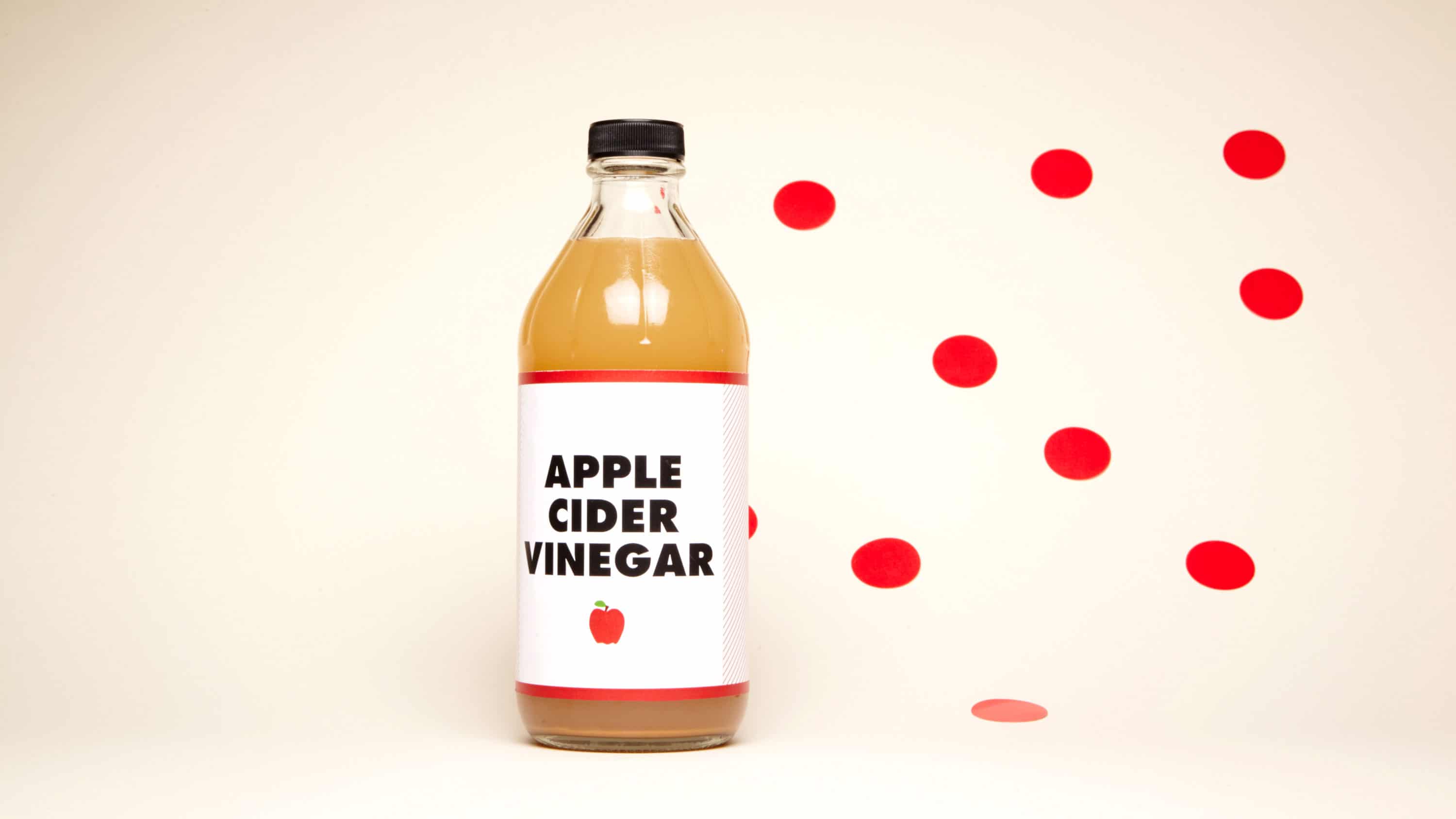Uric acid is a chemical that is produced by the body when it breaks down organic compounds, known as purines, that come from certain types of food and drink like mushroom, anchovies, organ meat, beer and wine. Once uric acid is made, it’s expelled from the body in different ways such as through the blood, kidneys and urine. However, if the body produces too much uric acid or isn’t able to get rid of it all, it builds up in the blood. This condition is known as hyperuricemia.
Uric acid in the body is eventually turned into urate crystals, which can collect around the soft tissue and joint areas, leading to pain, inflammation and conditions like gout, a type of arthritis that is mainly experienced in the feet and big toes. Some cancer treatments, and cancer itself, can also cause hyperuricemia. High levels of uric acid can indicate health problems like diabetes, hypoparathyroidism, kidney stones, kidney failure and bone marrow disorders.
If you think you may have hyperuricemia, it’s important to see your healthcare professional to confirm and devise a treatment plan. Hyperuricemia isn’t serious, however, it can be a precursor to more serious diseases. Treatment of hyperuricemia aims to lower the levels of uric acid in the blood, by way of medication or lifestyle and diet changes.
Here are 10 natural ways to control uric acid levels.

1. Apple Cider Vinegar
Apple cider vinegar is made from apple cider or fermented apples and is commonly used in cooking, on salads, as a food preservative, hair and skin care, and as a household cleaner. Organic, unpasteurized apple cider vinegar is frequently described as a health tonic, and is used to treat heartburn, encourage bowel regularity, clear up skin issues, aid in weight loss, reduce glucose levels, and can even be used on pets to promote a shiny coat and prevent fleas.
Apple cider vinegar contains small amounts of essential minerals like calcium, iron, magnesium, phosphorus, potassium, sodium and more. It also contains large amounts of amino acids and antioxidants. Other beneficial ingredients are pectin, which can help regulate blood pressure and cholesterol levels, and malic acid, which can promote detoxification, metabolism and healthy digestion.
The main active ingredient is acetic acid, which alkalizes the body once it’s ingested and helps balance the body’s pH levels. Acetic acid is believed to be the compound that makes apple cider vinegar effective in treating gout, as it breaks up the uric acid crystals that cause it. Drinking apple cider vinegar can help reduce inflammation and swelling in the joints, relieving symptoms of hyperuricemia and gout.
When choosing your apple cider vinegar, make sure you pick one that is unpasteurized, organic and raw. This is healthier than other kinds because all the beneficial enzymes and ‘mother’ (the cloudy sediment often seen at the bottom of the bottle) haven’t been cooked out. Add one teaspoon of apple cider vinegar to a glass of water and drink two or three times a day. Always mix the apple cider vinegar with another liquid, as the acidity of it can affect the enamel on the teeth.
